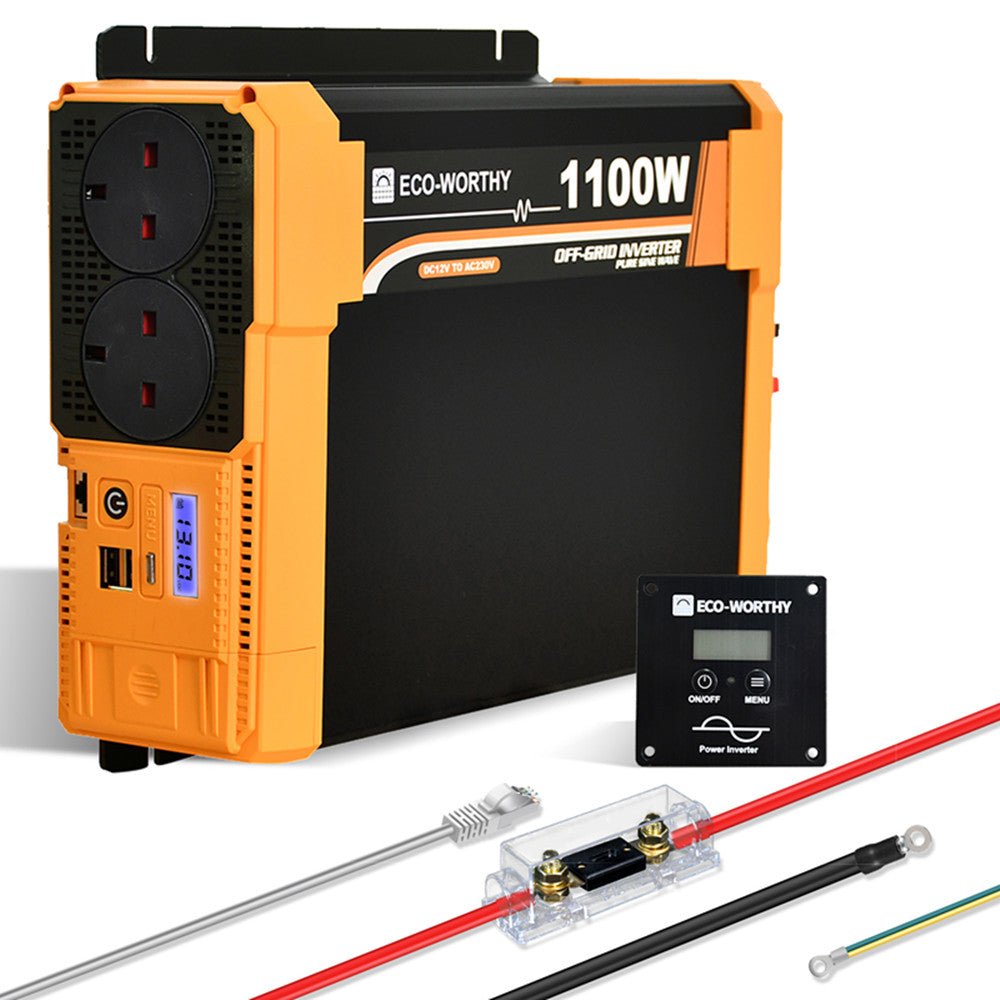-
 Find in Members
Find in Members Find in Videos
Find in Videos Find in Channels
Find in Channels
This website uses cookies to ensure you get the best experience on our website.
To learn more about our privacy policy Click herePrivacy Preference
- Tags - #BLOG
-
- Last updated October 2, 2024 0 comments, 140 views, 0 likes
More in Politics
Related Blogs
Archives
Understanding the Basics: How Sine Wave Inverters Work and Their Benefits
Body
In the realm of renewable energy and power management, the sine wave inverter plays a pivotal role. This device converts direct current (DC) into alternating current (AC), which is essential for powering household appliances and industrial equipment. But what exactly is a sine wave inverter, and why is it so important?

What is a Sine Wave Inverter?
A sine wave inverter is an electronic device that produces a smooth, continuous waveform resembling a sine wave. This type of inverter is crucial for applications that require a stable power supply. Unlike modified sine wave inverters, which produce a choppy waveform, pure sine wave inverters deliver a cleaner output, making them suitable for sensitive electronics.
How Does a Sine Wave Inverter Work?
The operation of a sine wave inverter involves several key components:
- Oscillator: Generates a high-frequency signal.
- Transformer: Steps up the voltage to the required level.
- Output Stage: Converts the DC input into a pure sine wave AC output.
When the inverter receives DC power, it first converts it into a high-frequency AC signal. This signal is then transformed into a higher voltage sine wave, which is suitable for use in homes and businesses. The result is a reliable power source that can efficiently run various devices.
Benefits of Using a Sine Wave Inverter
There are numerous advantages to using a sine wave inverter:
- Compatibility: They can power a wide range of devices, including sensitive electronics like computers and medical equipment.
- Efficiency: Pure sine wave inverters operate more efficiently, reducing energy loss and extending the lifespan of connected devices.
- Noise Reduction: The smooth waveform results in less electrical noise, making them ideal for audio and video equipment.
- Safety: They provide a stable output, reducing the risk of damage to appliances.
Applications of Sine Wave Inverters
Sine wave inverters are widely used in various applications, including:
- Solar power systems
- Backup power supplies
- Electric vehicles
- Marine applications
For instance, if you are considering a reliable power solution for your off-grid solar system, you might want to explore options like the  . This inverter is designed to provide a stable power supply, ensuring that your appliances operate smoothly.
. This inverter is designed to provide a stable power supply, ensuring that your appliances operate smoothly.
Conclusion
In summary, understanding the functionality and benefits of a sine wave inverter is essential for anyone looking to harness the power of renewable energy or ensure a reliable power supply for sensitive devices. With their ability to produce a clean, stable output, sine wave inverters are an invaluable asset in today’s energy landscape.







Comments